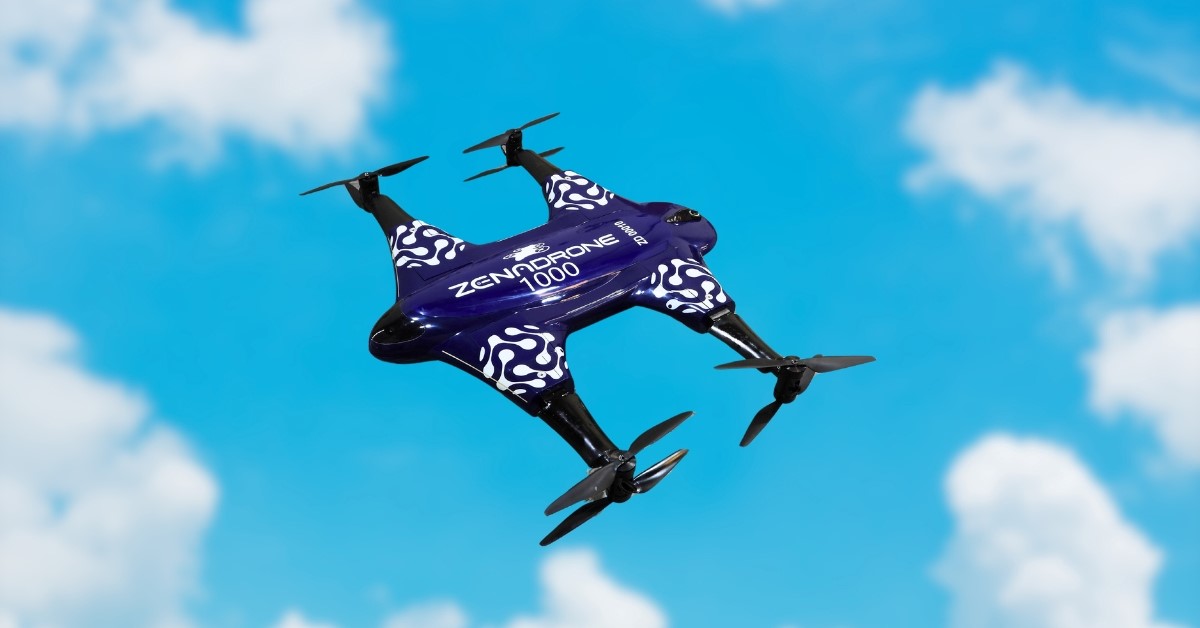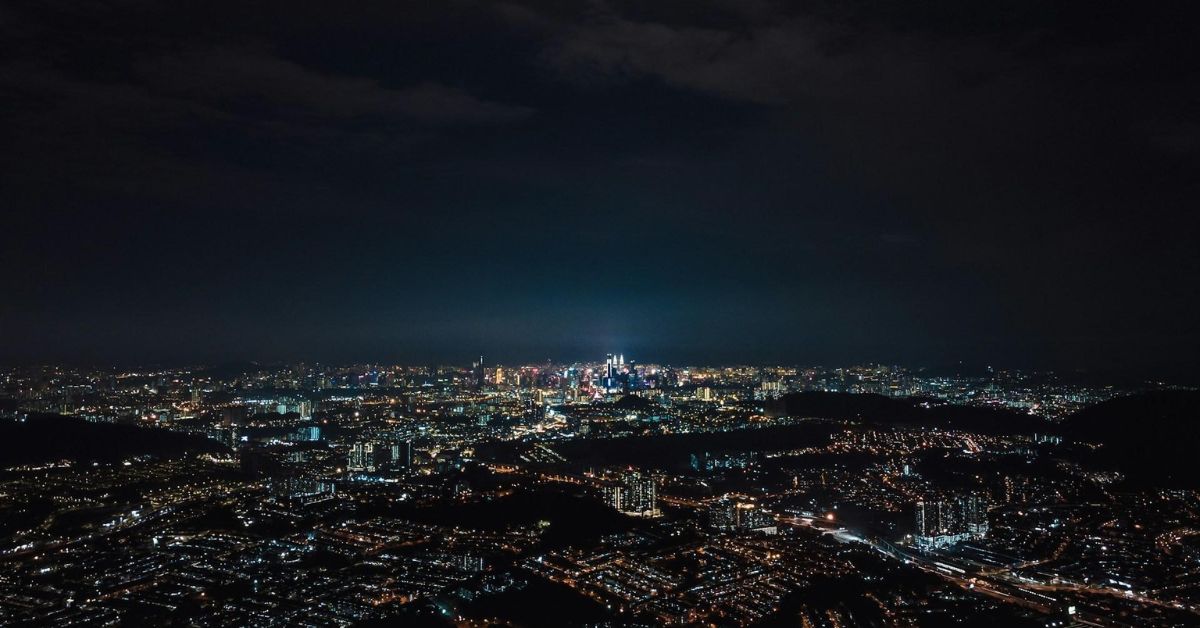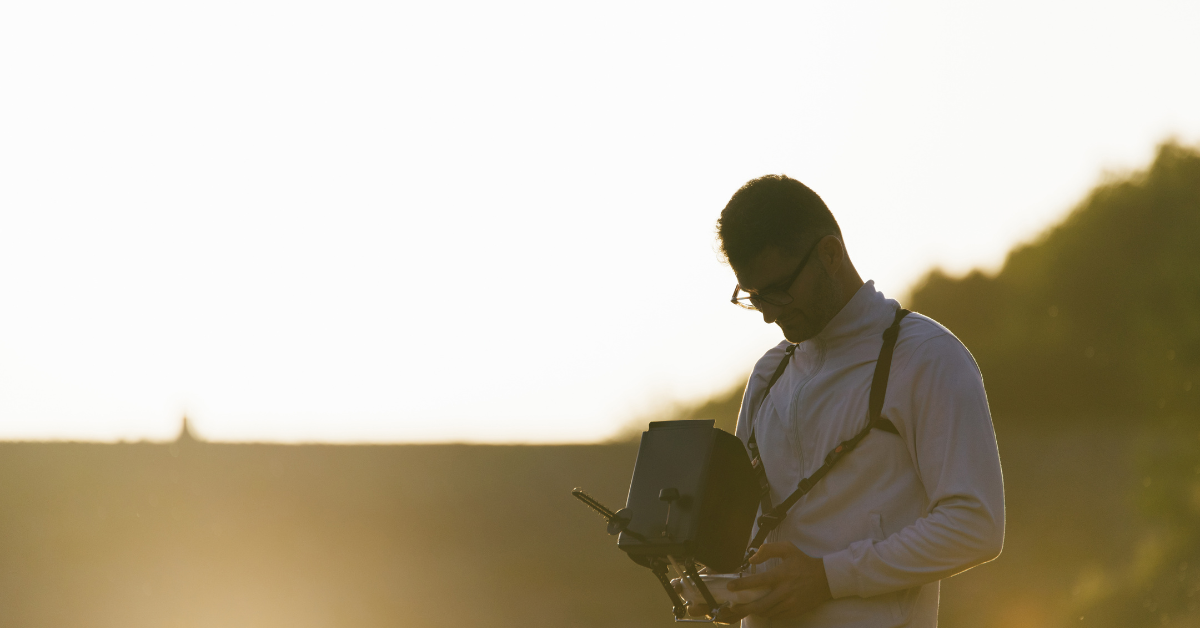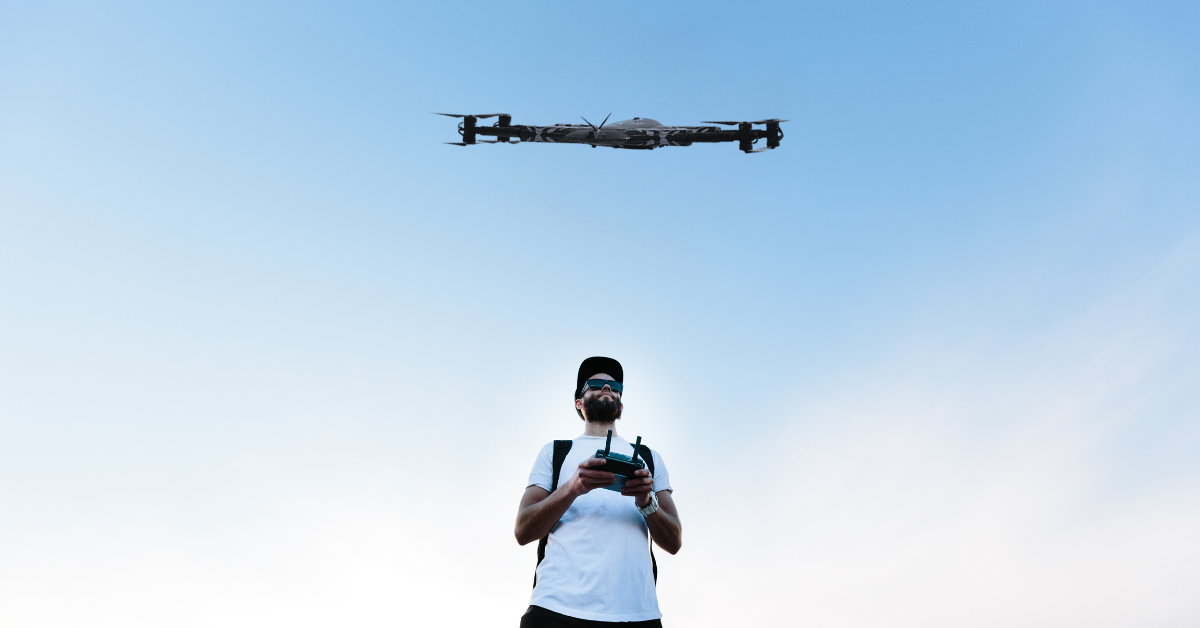The Ultimate Camera Drones for Awe-Inspiring Photography
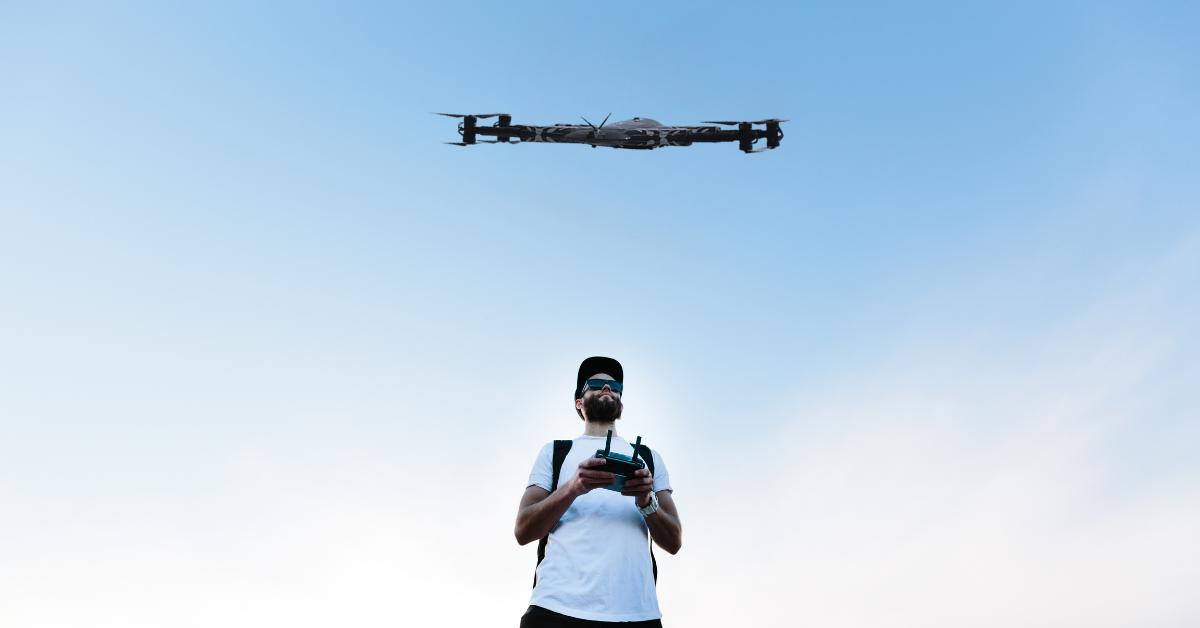
Drones with cameras are becoming a common thing now. They have transformed from just being a commercial venture to something that belongs to hobbyists, recreationists, and professionals. More are interested in taking part in this because the possibilities are endless.
This article will unfold the unique applications of drones in warehouses and reveal that besides their typical office functions, warehouse drones are being used in a highly diversified manner in many industries, enriching our understanding of UAVs with cameras.
Unveiling the Invisible
Nowadays, in search and rescue drones equipped with cameras are simply another feature that is present in daily life. Before, these features are only available for commercial purposes by high-end orthodox users, but since they have been available for regular users as well, as a result of innovations in the industry, has created a world of endless possibilities.
In disaster management, the photographs taken by drones with cameras show a view from above a disaster area in which it is possible to make a swift damage assessment that, in turn, allows firefighters to use various resources efficiently. They may be employed to provide life-saving supplies for remote regions, too. Similarly, in warehouse settings, drones equipped with cameras can quickly assess damage following a fire, natural disaster, or other incidents, allowing for faster response and mitigation efforts.
Preserving the Past, Shaping the Future
Drone Use for Warehouses:
Drones that have cameras and sensors can move around large warehouses to help in tracking of products and inventory and also for safety inspections. This technology gives a real-time view of stock levels in the warehouse and thus making the warehouse operations more efficient.
Archaeology:
Best drones with cameras are one of the greatest contributions to archaeology since the erection of the first monument made of stone. They made it possible to map enormous landscapes, which before was impossible, and discover ancient settlements without disturbing them.
Construction and Infrastructure:
The use of UAVs with cameras is common as they are employed to investigate infrastructure components like bridges and wind turbines, identifying possible problems before they come up with a fatal occurrence. They might also be used for surveys and monitoring the success of a construction project.
Protecting Our Planet
Environmental Monitoring:
Drones equipped with cameras are very useful in monitoring wildlife, tracing the cutting of trees, and studying the form of changes in the environment. Professional drones with cameras are important means for population size estimation of wildlife, vehicle tracking of deforestation safeguards, and research of environmental dynamics.
Precision Agriculture:
Through the use of cameras and multispectral sensors drones can create a map representing the health of crops, identify areas requiring help, and optimize the resources, leading to sustainable agriculture.
Addressing Concerns and Ethical Considerations
One of the emerging ethical issues regarding the use of drones is the fast evolution and decline in the cost of drones having cameras, which has caused a huge ethical concern on the aspects of privacy, security, and possible misuse. It becomes necessary to recognize these inconveniences generally and advance a culture of responsible utilization of this technology.
Privacy Concerns:
Images and videos at a distance are captured by drones with cameras, and this can only increase the concern for privacy infringement, which is not to be taken lightly. Regulating and protecting guidelines are created to maintain appropriate utilization and uphold personal privacy rights. Such ethical guidelines pertain to the practice of respecting privacy and the devotion to permitting video visuals to individuals without approvals.
Safety Considerations:
The professional drones with cameras can pose safety hazards if carelessness is done by the individuals piloting them. Collisions with other aircraft, buildings, or people can cause estimated losses and many casualties. Pilots of drones, on the other hand, must observe safety guidelines, keep away from the public and property, and desist from flying plains in areas that are restricted.
Potential for Misuse:
The advent of drones that can compete for views through cameras can be used for malicious deeds; for instance, drones with cameras spying or delivery of harmful loads is a legitimate concern. The state agencies of the law enforcement and regulatory office are putting in measures to fight these threats and improve the security of the domains. It is crucial that drone owners keep an eye on and report any suspicious activities.
Responsible Drone Use:
Responsible use of drones is actually what we advocate for, and – the technology will enjoy sustainability and acceptance in the long run. Droning crew members must be aware of the law, respect the privacy of civilians, observe safety principles, and reflect on their actions on the environment.
Looking Ahead:
Another issue is that technology goes forward, and in the future, professional drones with cameras will be smarter and will be used in more and more aspects of life, and it will be a part of it. The future will have endless opportunities for continued inventions and ventures, but the ethical issues have to be tackled properly, and responsible use must also be observed to make the most of these wondrous functional aircraft.
As technology continues to develop, we foresee the appearance of the best drones with cameras in many parts of our lives. Future expansion of this technology will allow new and exciting possibilities, but it is imperative to address the ethical issues and ensure responsible use if the actual potential of these flying gadgets is fully taped.
Beyond the Buzz: Exploring Unexpected Uses for Drones
Even though drones are often mounted as the better solution for aerial photography and videography, we can see that their beneficiary capacities are wider. For example, drones are being used in unexpected and novel ways in a range of fields and are starting to make a real actionable difference.
Drones in Public Safety and Security
- Warehouse Security: Automated security systems are acquired through drones with a camera to get a general view of large warehouses. They can monitor perimeters, detect the situation if there is a breach, and even stream live video during an emergency. Such additional infrastructure prevents any stealing and vandalism, among other criminal activities, that are associated with loss of property and even damage to valuable inventory and facilities.
- Law Enforcement: Police departments are especially reliant on drones for a variety of chores, such as evidence collection at a crime scene, fleeing suspects, and crowd management, among others. Small fixed-wing drones and even small drones with cameras quietly orbit overhead, offering a better perspective and consequent improvement in officer situation awareness and personal security.
- Firefighting: Drones are important instruments that firefighters carry onto the fire front and they are handy because they are equipped with thermal imaging sensors which capture images. They can also quickly discover the hotspots and the location of the trapped victims with regard to the rapid spread of wildfires, and consequently, the response strategies in place become more effective with fewer casualties.
- Border Security: Drones can be used to control borders, track illegal activity, and support search rescues. One-stop power of surveillance via drone can make a lot of difference for the border security staff who rely on these abilities.
Drones in Science and Research
Atmospheric Research:
Drones have cameras that are coupled with spectra sensors to provide data with regard to air quality, weather patterns, and global warming, amongst others. They are able to orbit and reach places where access by manned aircraft is considered too dangerous. The gain of the information from this aspect provides valuable insight into the atmosphere.
Marine Biology:
Drones have cameras that keep track of how polluted the air is, track weather patterns, and determine the rising temperature from all parts of the globe; thus, data can be obtained from anywhere concerning air quality, weather patterns, global warming, and so on. The drones can dodge around without putting a risk to the humans and people doing fieldwork. So, scientists are getting information about the atmosphere, which is beyond the reach of manned craft.
Volcanology:
Besides shedding new light on how flying volcanoes are investigated, drones with cameras have also increased scientists’ tools for volcano research. In this way, they can, for the most part, protect themselves from the hazards by being very careful not to stray into the hotspots, taking as much footage as possible, and letting it speak for itself. It can thereby acquire a near-live broadcast program with volcanic eruptions, lava outflows, and emissions of gas. Specifically, these records help with the exploration of volcanoes and fluctuations over time, which enable the prediction of their eruptions in the future.
The Future of Commercial Drones
The commercial drone industry is taking a tremendous leap upwards with the drone’s technology growth in the next few years. Combined with technological innovations, the emergence of clear laws, and the growing recognition of drone technology, the dividends of this innovation in different sectors will be higher.
Even in recent times, one can see a rise of drones with cameras that have emotional automation and artificial intelligence with functions that would lead the drones to use the function of automatic flight, decision-making in the case of obstacles, and collecting and analyzing the data automatically.
- Warehouse Automation: AI-enabled drones with cameras have the potential to change the nature of warehouse operations. It can perform inventory management by scanning barcodes and RFID tags, enabling easy navigation in the aisle, and determining an item’s stock levels and locations.
- Automated Delivery Systems: Drones integrated with cameras will assist the last-mile delivery manufacturers; they will carry packages, medical supplies, and food to the consumers.
- Autonomous Inspections and Surveillance: From now on, drone providers in sectors like construction, energy, and infrastructure will continue using UAVs with cameras to inspect structures like bridges, power lines, or pipelines in an automated way, ensuring enhanced safety and efficiency.
- AI-Powered Data Analytics: UAVs fitted with cameras will capture hundreds of gigabytes of data, which will be processed using AI algorithms to recognize patterns of traffic, changes in the environment, and the health status of the crops.
The Bottom Line
Drones with cameras no longer play the bigger recreational tool and stake the emergency of the events, but they are growing industrial platforms, the sole agents of creativities, and the future makers. With technology development and the regulatory environment becoming stricter, the scope of application of these extended tools may increase, which promising new approaches in innovation and exploration. The ethical obligations and a trend in appropriate applications are a sine qua non for drones equipped with cameras to yield these positive consequences.






